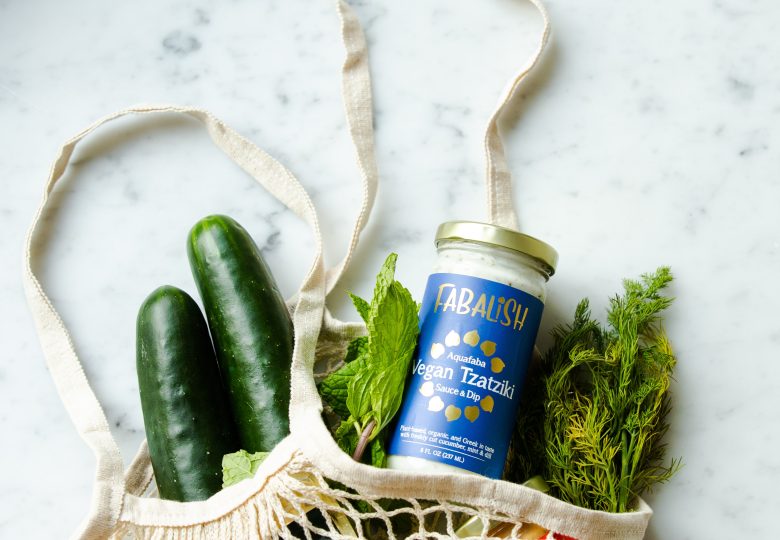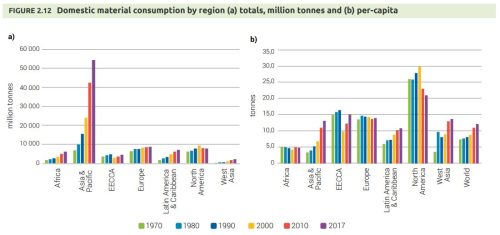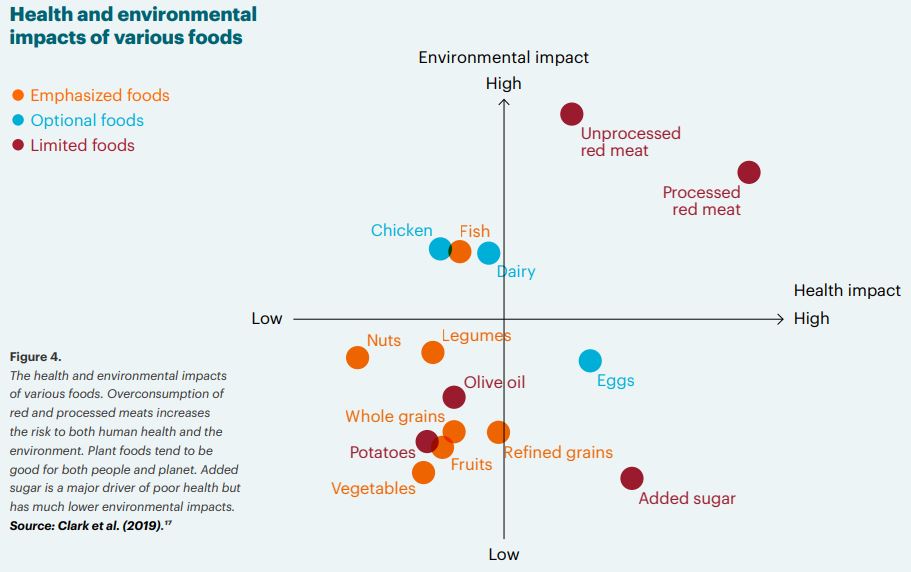Greenlife
What can we do ourselves and how can we influence the society around us

We just need to find a better way of living without to many sacrifices or no one will change
Resources – Use less or use smarter
Since 2000 we have increased our footprint by 70%.
We buy 7,3 kilos of e-waste every year, but recycle only 1,7kg – incredible, we really need to do better than this.
1 million plastic bottles bought every minute, insane! Plastic is a fine resource if used well, use reusable bottles.
We need to use our resources more and recycle as much as we can and try to use a more circular economy as it is now called.
And we still subsidies fossil fuel with 432 billon USD in 2019, which we should have reduced a long time ago… As long as we subsidies it, com
panies will make more money and will continue to produce it. I will do a special section on energy sources.
High income countries use 10 times more resources than low income countries and it will double towards 2050 if we continue as nothing is happening. Yes, I’m fully aware that this is not healthy for our current economy, so we need to be clever in how we change into this new lifestyle. We have changed lifestyle before in the last few hundred years, so I believe we can do it again. And there will be plenty of new business opportunities around the new economics, we already see many different t
types of businesses and we will be more people and most likely more people with a better economy.

Figure: Global extraction/consumption of resources, the last 6 decades in 7 regions. Mostly by Biomass, fossil fuels, metal ores and non-metallic minerals. All regions has had growth decade over decade (maybe a bit flat in Europe/Middle East and North America). Incredible increase in Asia & Pacific, but again as long as the most developed countries keep buying too much there will be production, and with production there will be extraction of resources. In total we see an increase around the globe from 28.000 million tonn to almost 90.000 million tonn.
To the right you see the usage of resources per region per decade per capita since the 70s. To the far right you see the increase in the world and it is still growing rapidly, so not only do America need to reduce their resource spend quite a lot, other regions need to speed up the decline and hopefully we can stop the growth in more developing regions.
Eating greener – but not go completely rabbit, yet
Surveys show that we are positive to eat greener, but there is still a gap to actually do it. Household food consumption gives rise to more than 30% of Global Greenhouse Gas emissions and more than 50% of total resource use. So to save the planet we just have to take a look at the food we eat and how we produce it.
Try to change your diet, make it more balanced, eat less red meat and eat more veggies and fish and the best thing it is good for your health. I will still eat red meat, but decrease the amount pr meal and number of meals with red meat. Eat more greens to the meat so you can reduce your slice of meat, add some beans to your pot and reduce the meat. I will make a piece where I will give an overview of the different food types and their impact. I’m a biologist so I believe we have a craving for meat and it is good for us, in particular kids, youths and elderly that needs to grow and repair, it has proven that we have eaten meat for more than 1 mill years, almost 2 probably, so it isn’t easy to say take it all out.
Agriculture, forestry and land use for this and connected activities is behind 24% of the GHG emissions, we need to reduce this amount. Feeding and growing meat is one of the largest contributors to our issues. Seasonal products is something to look out for, together with local food and yes we should look into eating more insects… Not because it is fun (like you see in many movies), but it is easy to grow, demands little resources pr gram and will give us those proteins that we need.
We are eating a lot more red meat now than 40-50 years ago. Production of red meat does not only have a negative influence on GHG emissions, but also on the water footprint, water pollution, and water scarcity. On human health, in 2015 the International Agency for Research on Cancer (IARC) stated that red meat was a probable carcinogen to humans (Group 2A), while consumption of processed meat was carcinogenic to humans. Most environmental contaminants (PCDD/Fs, PCBs, PBDEs, PCNs, etc.) that are frequently found in meats are highly soluble in fats and build up in the livestock we eat.
A research investigated the environmental costs of producing 1 kg of protein from different plant- and meat-based products. The results showed that production of 1 kg of protein from beef needed 18 times more land, 10 times more water, 9 times more fuel, 12 times more fertilizer, and 10 times more pesticides than the same amount of proteins obtained from kidney beans. Moreover, production of proteins from chicken or eggs also generates less waste than proteins from beef.
Facts on environmental cost of foods from Sabate from LL University in the US
Environmental cost of protein food
And a nice review here from 2020
Meat consumption: Which are the current global risks?
Here our governments should do something special, decrease tax on sustainable food and increase tax on food that is low on the sustainability, we need help to chose right. And of course update current dietary guidelines, which is still the same as it was many decades ago, we need to add sustainability onto the plate as well. It will not be popular, but we need the push.
And we need to eat more of the food we produce, not the amount pr person, oh no, but not throw it away, so looking to be better at distributing the food so more people can share the resources that we already have. 800mill are starving and we throw away more and more food. And in particular the G20+ countries need to look at how they deal with their food and what they eat, not all, as India and a few others are in this G20 as well. A quarter of the population in the world suffer from some kind of diet-related disease, so maybe a bit healthier food would not be too bad for us.
“Diets for a better future” here from EAT, quite a decent organization with Lancet at their support (one of the best ranked scientific journals), and an easy to read report actually:
Sustainable Food Consumption review

Try to chose more from the orange and blue food groups, for your own health and for the kids growing up. The lower in the picture and more to left, the better. And legumes are beans, peas, lentils and nuts… yes, I had to double check myself.
Use less or we need to fewer people – what can I do to help?
1 Eat less red meat and more vegetables, fruits, beans and nuts, add some fish and birds, we need to develop new green food tasting more sweet and umami to fool our brain, we crave meat
2 Don’t shop all you want, clothing industry is one of the worst industries together with transportation of goods
3 Can you buy an alternative that doesn’t hurt the environment that bad, do it… Buy second hand when possible or borrow from you friends and neighbors
4 Plastic is a great material, but not in nature, chose items wrapped in less plastic, even better now with paper for food
6 I hate to say, travel less, but yes it is part of the issue, sorry… Do some more videocalls at work when possible and cover more while you are travelling
5 Don’t over use water (we have enough in Norway and many other places, but quite a few don’t)
6 Use public transport and your own body as much as possible
7 Improve your home, use LED-lights, rechargeable batteries and upgrade your house if possible to save power
8 Use less or other detergents, a lot og chemicals go out into the nature through this, look for ecolabels
8 Look at labels and certificates promoting a more sustainable living, chose those who try to do the right thing
9 Use your voice and tell others to the right thing
10 Unfollow influencers that obviously promote a non-sustainable lifestyle, they get way too much time in the spotlight – use common sense
11 And smile towards people you meet, if we all can be a bit more friendly we might even care more for our surroundings and take better care of our world!
Nice overview from governmental CDC US, as they are the leading health authorities over there:
Another good lists over what we can do from Biologicaldiversity.org
Quite a few good tips here as well from CBS i DE

